Top 10 archaeological finds in 2014 announced
From:Chinaculture.org NetWriter:Date:2015-04-10
The top 10 archaeological finds in 2014 were revealed in Beijing after two day's fierce appraisal and selection by judges from Chinese archaeological authorities and museums.

Experts attend a press conference in Beijing on April 9, 2015.
Some 25 archeological projects were narrowed down from 688 excavations to become finalists.
The finds provided new sources to study the development of Chinese civilization with the earliest dating back more than 600,000 years.
The judges were from the State Administration of Cultural Heritage, Institute of Archaeology under the Chinese Academy of Social Sciences, Peking University, the Palace Museum and other archaeological institutions.
The final top 10 are:
1. Modaoshan Mountain historic site and Nanjiang Paleolithic site in South China's Guangdong province. The discovery fills a gap in relics of prehistoric human activity in the area of Lingnan, Guangdong province, dating back more than 600,000 years.
2. Dongzhao town in Zhengzhou, Central China's Henan province. Relics of a town site prior to the Xia Dynasty (c.21st century-16th century BC) were discovered for the first time north of Songshan Mountain, Henan province.
3. Guojiamiao cemetery of the Warring States Period (about 475-221 BC) in Zaoyang, Central China's Hubei province.
4. Dabona tombs from the Warring States Period to Western Han Dynasty (206 BC-AD 24), found in Xiangyun county, Southwest China's Yunnan province.
5. Yue kiln site, from Eastern Han Dynasty (AD 25-220) to Wei Dynasty (AD 220-265), unearthed at Jinshan Mountain in Shangyu, East China's Zhejiang province. The find aids research into the origin of celadon porcelain production in ancient China.
6. Zhang Zhung Kingdom tomb in Tibet's Ngari region, dating to more than 2,000 years ago.
7. Ancient tombs found on Hulun Buir grassland in the Inner Mongolia Autonomous Region, dating to the Wei Dynasty.
8. Liyang and Huiluo granary sites of the Sui Dynasty (AD 581-618) in Central China's Henan province.
9. Mining and metallurgy historic sites of Liao Dynasty (916-1125) in Dazhuangke township, Yanqing district of Beijing.
10. Chieftain Yang's family cemetery in Zunyi, Southwest China's Guizhou province.
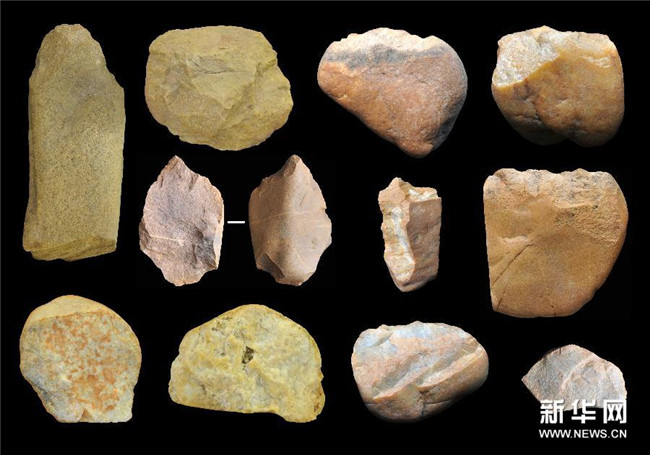
Stone artifacts excavated at Modaoshan Mountain historic site and Nanjiang Paleolithic site, South China's Guangdong province.
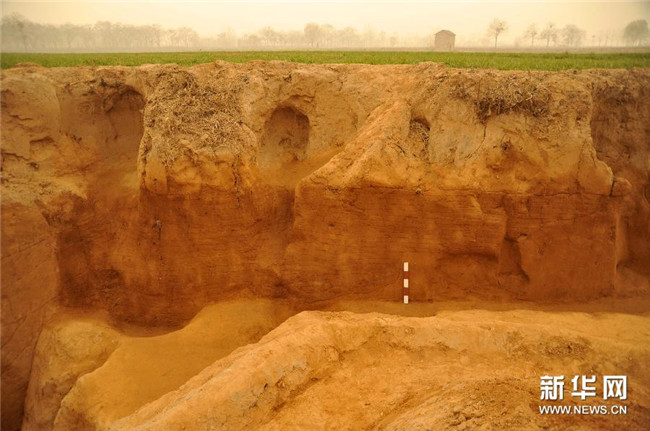
Cross-section of Dongzhao town site in Zhengzhou, Central China’s Henan province.
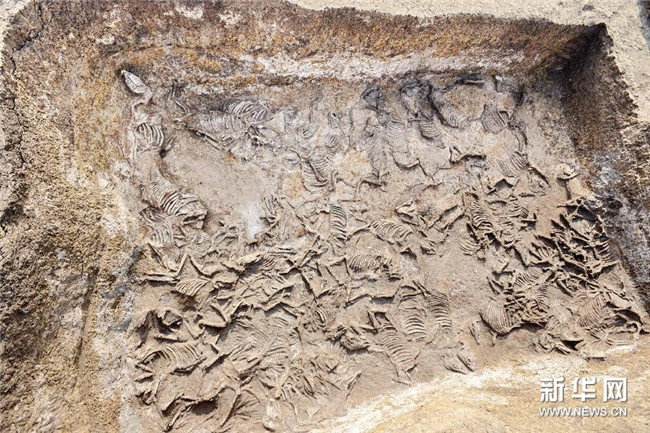
Bird's-eye view of the Guojiamiao cemetery excavation area of an ancient Warring States Period tomb in Zaoyang, Central China's Hubei province.
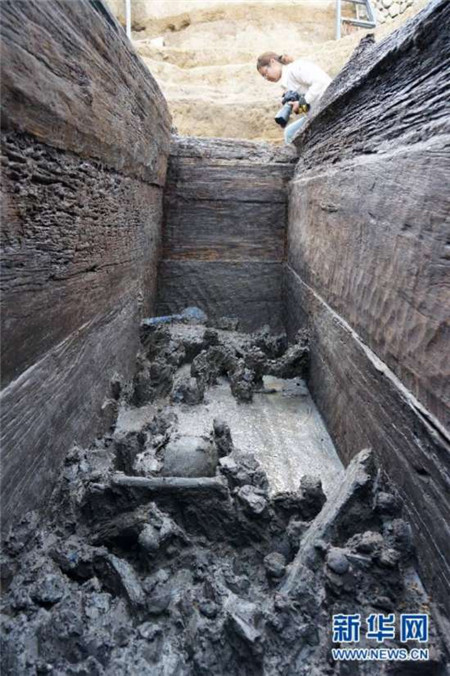
One of the ancient tombs in Dabona village, Xiangyun county, Southwest China's Yunnan province. The tombs date from the Bronze Age some 2,000 years ago in the Erhai region in today's southwestern Yunnan.
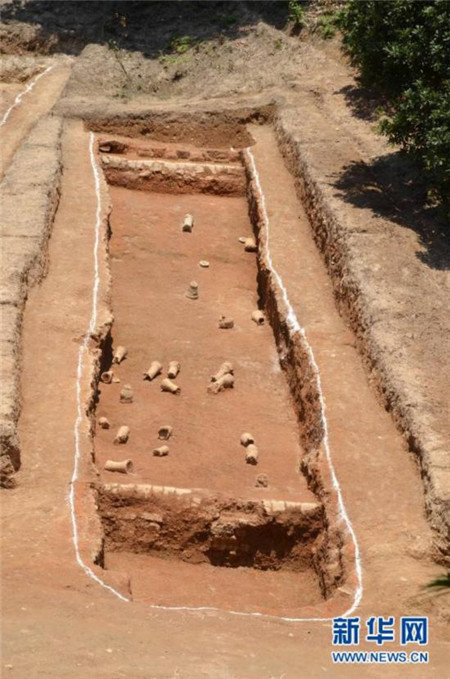
Ancient Yue kiln site at Jinshan Mountain in Shangyu, East China's Zhejiang province.
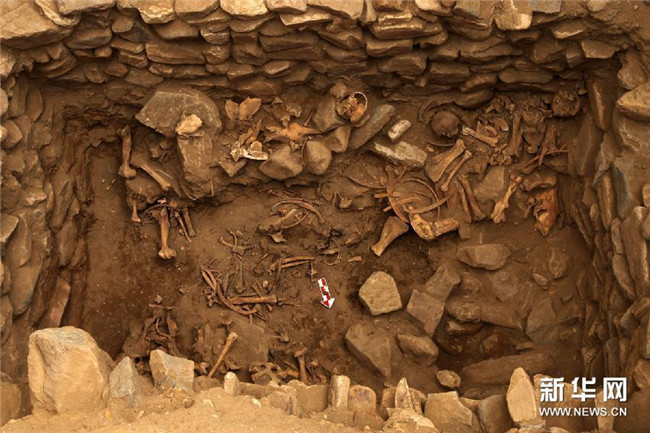
Zhang Zhung Kingdom tomb in western Tibet's Ngari region. Archaeologists unearthed a dzi bead in a tomb belonging to a noble some 1,800 years ago at the foot of Mount Kailash. Other dzi beads had been passed down from ancient times, but this was the first to be discovered by archaeologists. The tomb dates to the peak period of the Zhang Zhung Kingdom. The antiques are believed to have come from neighboring regions and as far away as Xinjiang, central Asia and northern India confirming contact between the ancient kingdom and other cultures, according to an expert.
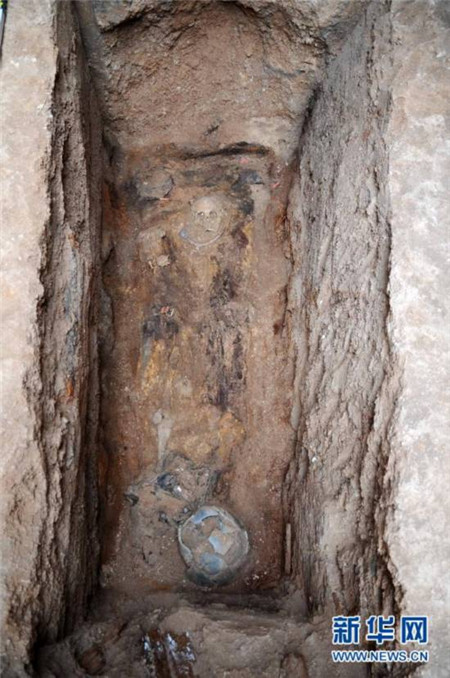
One of the ancient tombs found on the Hulun Buir grassland in the Inner Mongolia Autonomous Region. The tombs date from the 8th to 10th centuries. Studies of the human skulls show the occupants were similar to modern inhabitants of Mongolia and Inner Mongolia, providing a clue to the origin of the Mongol nationality.
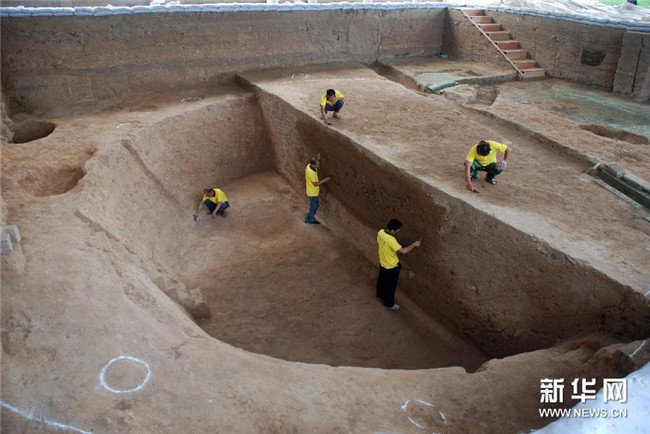
Archaeologists excavate the storage pit of the Liyang and Huiluo granary sites of the Sui Dynasty in Central China's Henan province.

Archaeologists working at the mining and metallurgy historic sites of the Liao Dynasty in Dazhuangke township in Beijing's Yanqing district.
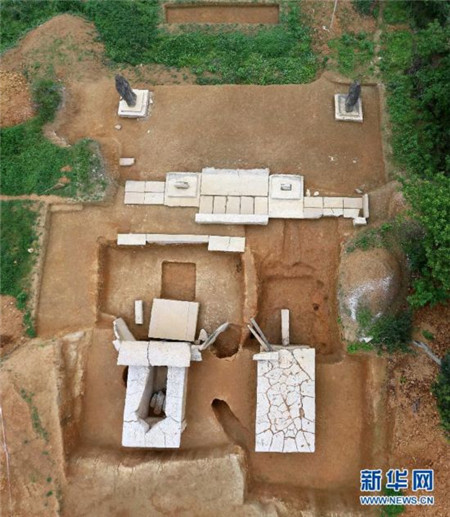
Tomb M1, belonging to the Yang Lie couple, at the chieftain Yang's family cemetery in Zunyi, Southwest China's Guizhou province. A large number of gold and silver items were unearthed from graves belonging to the family and the graveyard was used from the end of the Song Dynasty (960-1276) to the early Ming Dynasty (1368-1644). The discovery of chieftain Yang's family cemetery is of great academic value.

